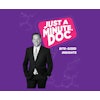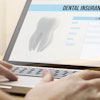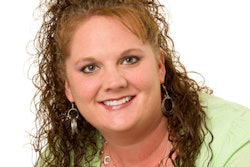
"If it isn't written down, it didn't happen." We hear this all the time in the realm of legal matters. A "handshake" agreement or an oral agreement can show trust in the parties involved but can lead to severe misunderstandings. Patients who haven't received a written treatment plan that includes a financial obligation, estimated insurance payments, and informed consent for treatment could become your worst nightmare when misunderstandings come up during or after treatment.
"He said, she said" arguments usually sway in favor of the patient if the dentist has not recorded any clinical findings or conversation regarding treatment options.
 James Anderson, DMD.
James Anderson, DMD.According to research obtained from Learning Pyramid, people retain about 5% of what they hear in a presentation or lecture, 10% when reading about the subject, 20% audiovisually, and 30% by demonstration -- and these are considered passive teaching methods.
For patients, dentists explain the process, expected results, and get an agreement to treat. Patients remember maybe 5% to 10% of the discussion unless it is written down and they are handed a copy to refer to later.
The most heated miscommunications in dental practices involve insurance benefits and financial arrangements. Patients who have paid in full and received the treatment agreed to are usually happy patients.
Documenting tips
Use the following tips for documenting communications with patients:
- Record your time with the patient including the reason for the order of diagnostic tests, radiographs, photos, and impressions.
- Record the patient's narrative and also your clinical observations. This can be in the form of SOAP notes: subjective, objective, assessment, and plan. Medical and dental software systems allow for clinical records. If the findings are handwritten, make sure the notes are legible and scan them into the patient's computer chart.
- Check appropriate boxes and other fill-in sections on insurance claims. Bill the insurance for precisely what you do, not what will get paid.
For proper and legal record-keeping, post legible notes regarding patient clinical findings and assessments in the clinical notes section, and agreements to financial and insurance policy in the ledger section of the computer software.
Editor's note: This article is general information provided to help avoid litigious situations. Please obtain legal advice from a licensed, reputable attorney.
James Anderson, DMD, is a practicing dentist in Syracuse, UT, and is the CEO/founder of eAssist Dental Solutions. He can be reached via email.
The comments and observations expressed herein do not necessarily reflect the opinions of DrBicuspid.com, nor should they be construed as an endorsement or admonishment of any particular idea, vendor, or organization.



















